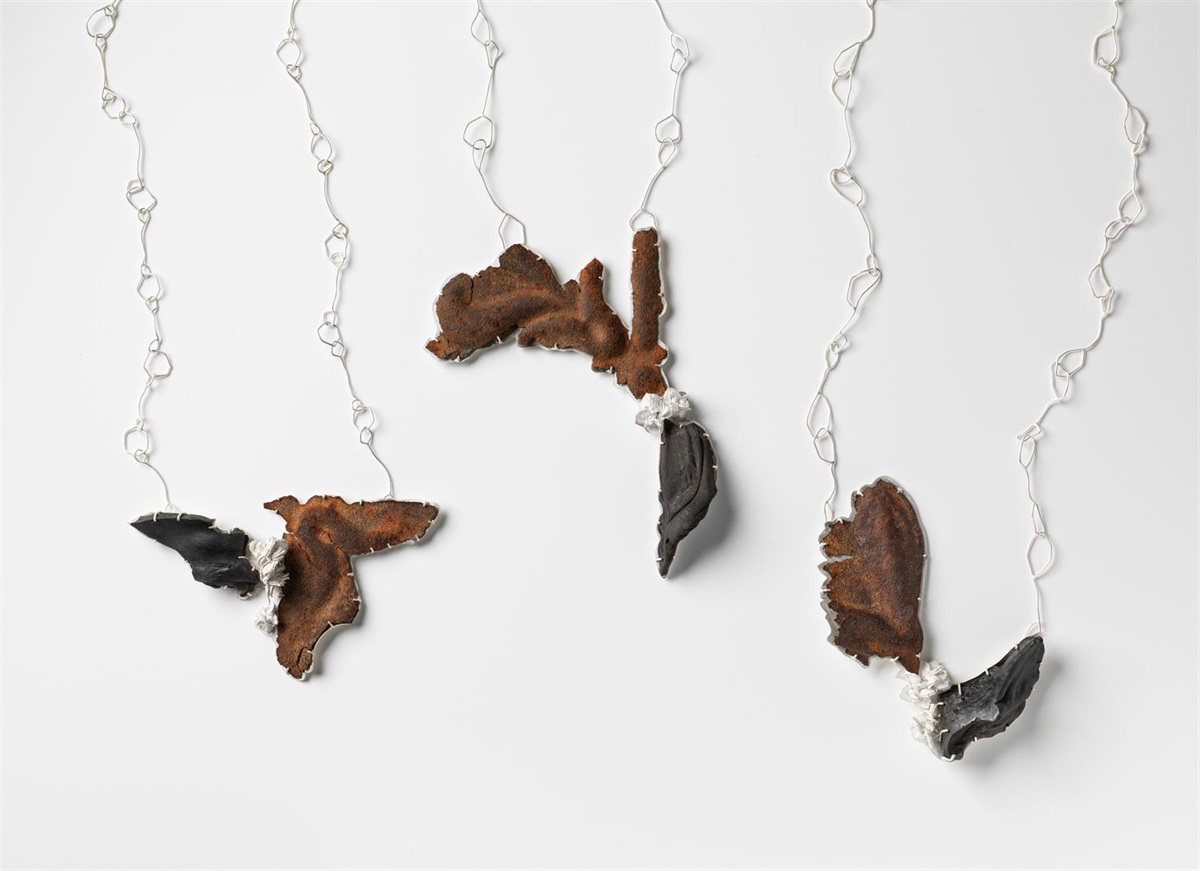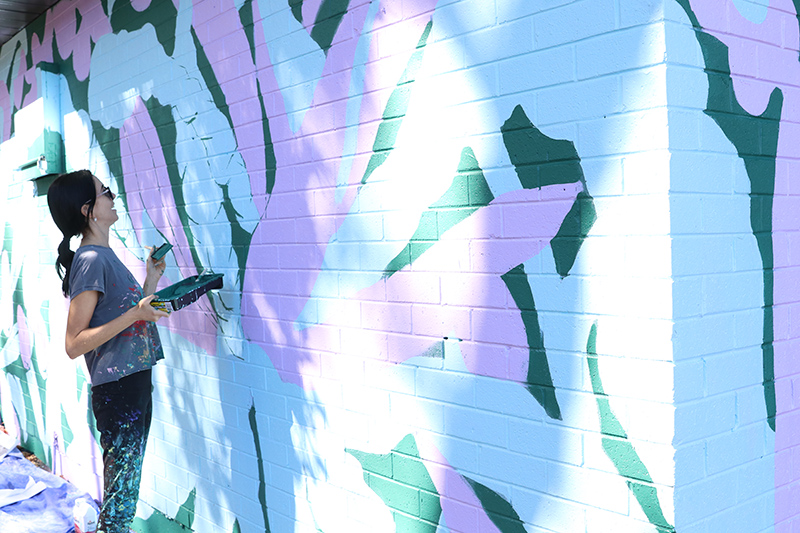Significant works to restore the historic Lapstone Hill Tunnel continue, with the removal of tonnes of waste and sediment now complete, as well as vegetation management and the restoration of a heritage culvert underway.
The Lapstone Hill Tunnel (also known as Glenbrook Tunnel) is a state heritage-listed railway tunnel on the former Main Western Line. It was built from 1891-1892 and was previously used in World War II to store mustard gas and later as a mushroom farm.
Council’s first set of works on the currently state-owned tunnel have been addressing significant waste removal, contamination management and overgrowth of vegetation.
This extensive work included 1700 tonnes of rubbish remediation of mushroom farm compost material and the removal of 1200 tons of sediment at the eastern cutting, which is now complete.
Work is also underway to repair the nearby heritage culvert, and vegetation management is continuing in both the eastern and western portals.
Work has also begun to lay a stable base for vehicles on the eastern access track, which is a major milestone in providing access for operational needs and public safety. This is expected to be completed by the end of the year.
Member for Blue Mountains Trish Doyle said the NSW Government had contributed $4 million to the project to remediate and activate the tunnel to support tourism.
“I commend locals Dave and Donna Watson for bringing the dilapidated condition of the old ‘mushroom tunnel’ to my attention in 2015. Seeing the progress of the tunnel’s restoration, driven by Blue Mountains City Council, is fantastic! The Lapstone tunnel has a rich history and is a unique piece of cultural infrastructure so it is wonderful to see its clean-up progressing to reinvigorate the tunnel as a local tourist attraction,” Ms Doyle said.
Blue Mountains Mayor, Cr Mark Greenhill said: “Member for Blue Mountains Trish Doyle first brought this matter to me – and these works are a significant step towards activating Lapstone Hill Tunnel, which will provide the missing link regarding connecting the area, for both locals and visitors to enjoy.”
Addressing these issues, along with the ownership and management of the tunnel which currently sits with Crown Lands, are part of the works being undertaken by Council, with a view to enable access for and management of nature, heritage and visitation experiences in and around the tunnel.
Other essential works that will need to be conducted before the tunnel can open to the public include the installation of power and lighting, additional security measures, signage, minor localised repairs of the tunnel floor and minor drainage works in the tunnel and eastern portal.
In addition to these works, further master planning is being prepared that will inform future improvements to key visitations sites, walking tracks and connections between Glenbrook, Lapstone, and Penrith.
Community consultation on the tunnel and surrounding lands will commence early in the new year, with Council’s work on the tunnel due to be completed in 2024.
Minister for Lands and Property Steve Kamper said the Blue Mountains was a key tourist drawcard for Sydney and the Crown land site will contribute to its appeal.
“Tourists seek authentic local experiences and the Lapstone Tunnel is part of the Blue Mountains’ unique character and the latest contribution to the local visitor experience, supporting the region’s tourism economy,” Mr Kamper said.
Image: Mayor Mark Greenhill speaks to BMCC Program Leader Special Projects Mark Wiggins and Manager Safety and Hazardous Materials Jason Adams at the western end of the Lapstone Hill Tunnel.








